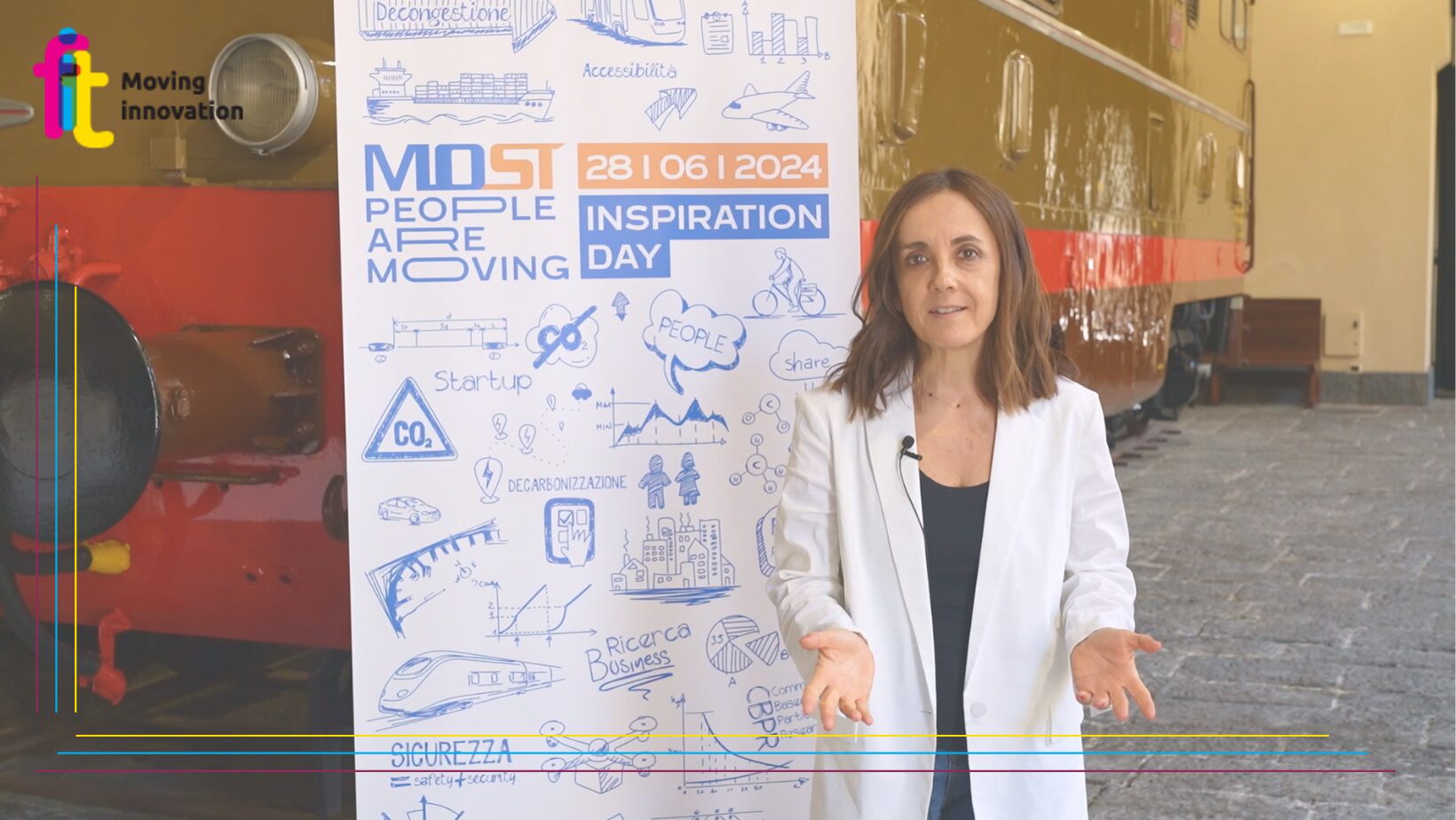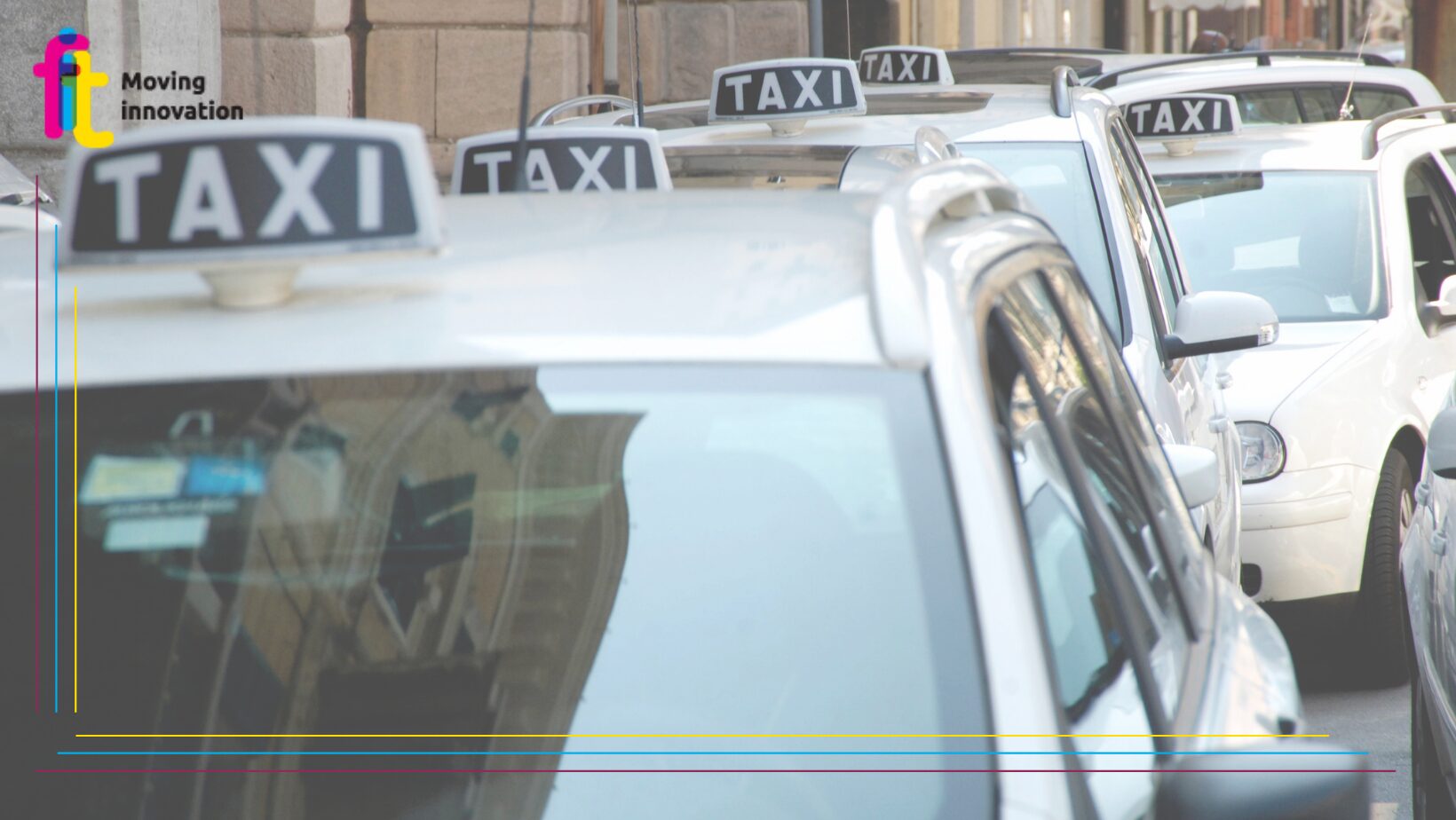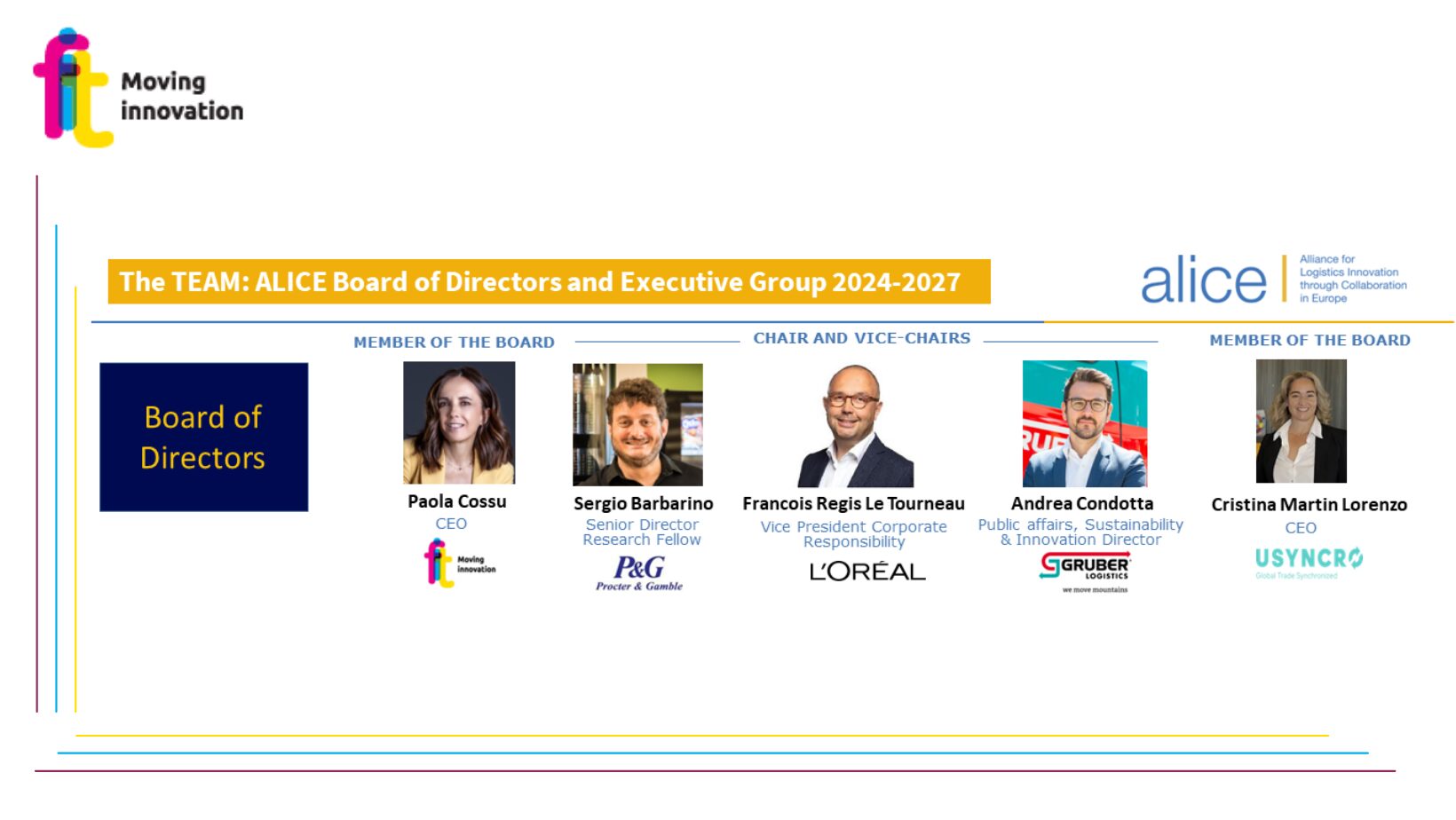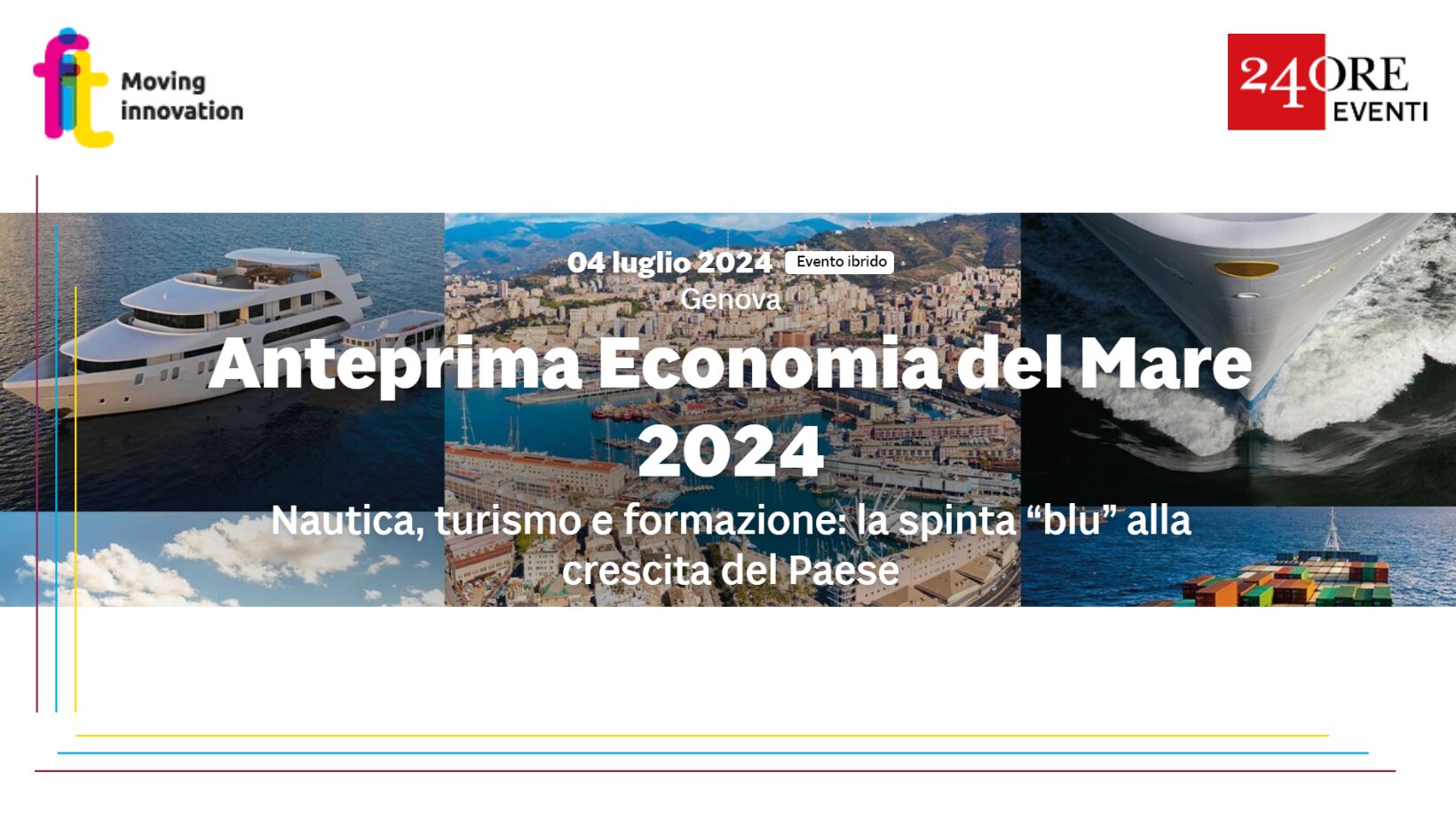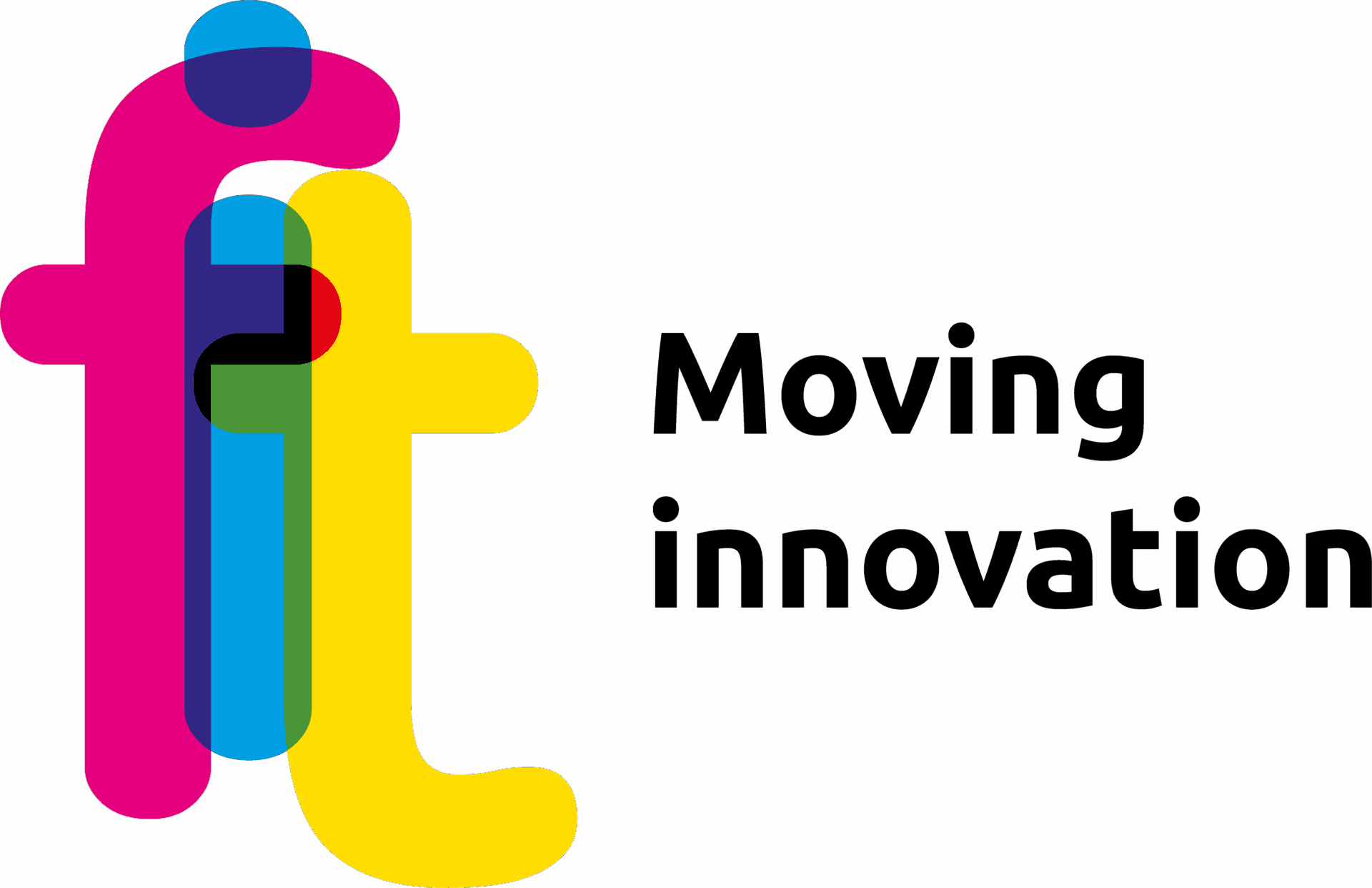What is the role of Urban Logistics and Last Mile Delivery robots in the city of the future?
Massimo Marciani, Founder & Chairman at FIT Consulting and Mobility & Logistics thematic area Ambassador Federated Innovation @MIND, discussed this in a lengthy article available online at the Federated Innovation @MIND’s website.
The following is the full text of the article.
Urban logistics and last mile delivery robots: the game changers of the future
Urban logistics is metropolitan areas and cities transport system including not only and not exclusively the delivery of goods to points of sale or to private homes, but also all those service activities (waste collection, maintenance roads, public and private construction sites, etc.) and craftsmanship (household maintenance, works, installation of products and furnishings, etc.) which allow the life of cities. It is therefore essential on the one hand to preserve the provision of these services, as well as on the other to recognize the correct value for the services offered and to contain the externalities deriving from the use of commercial vehicles (emissions, noise, space).
As urbanization increases, the number of small or one-person households is growing rapidly. This has led to a growing demand for delivering more products in small quantities rather than buying many items, in large quantities perhaps at a lower price (compared to traditional trade). In the absence of specific measures to contain logistics flows linked to e-commerce, the number of deliveries is set to increase by 36% by 2030 (compared to deliveries in 2019), the related emissions by 32% and congestion by 21% (again on 2019) (World Economic Forum, 2022).
The continuous transformation of urban logistics
Globally, sales on digital channels (e-commerce of products) will grow by 220% in 2025 compared to 2019 (Shopfly, 2022) and the volume of parcels transported by 232% again compared to 2019 (Statista , 2022).
Out of an estimated total of around 46 billion euros in the total value of e-commerce purchases in Italy in 2022 (B2c e-commerce observatory, Milan Polytechnic, 2022), 34 billion are related to physical products with an increase of 10 % compared to 2021. The food & grocery sector records a 17% increase. The breakdown of total retail purchases, which “still” make up only 11% of the entire sale in Italy (21% globally, Statista 2022) is 24% for electronics, 17% clothing, 12% furniture, 14% food & grocery, 4% books and 29% other products. The breakdown is essential to identify delivery service demand.
Thus, last mile freight delivery service (one of the main components of urban logistics) is in a continuous transformation phase caught between public needs to reduce emissions and congestion on the one hand and consumer expectations/ citizens who ask for increasingly flexible, widespread, and punctual services capable of responding to the diversification and segmentation of demand.
There are many innovations in last-mile delivery that are game changer in the service. Some of these include drones, e-bikes, and electric delivery vans. Retailers and logistic companies are also embracing technologies like location intelligence (LI) or Artificial Intelligence to improve their last-mile delivery. Features like real-time tracking, route optimization, and visibility are helping with seamless deliveries and fleet management. In the medium term, autonomous delivery vehicles (ADVs) and in particular delivery robots will be the dominant technology in last-mile delivery.
Robotics and control systems are becoming increasingly pervasive and interconnected in our society and play an essential role for the efficient operation and management of various systems and processes in different applications domains, such as manufacturing, healthcare, agriculture, civil, commercial and consumer, transport, and supply chain.
Federated Innovations’ vision for last-mile delivery services
The final step in the supply chain of delivering goods from a business to the customer’s doorstep is critical but can often be the most challenging and costly. Time, energy, and cost are often the biggest challenges in providing efficient deliveries. The recent pandemic has not only disrupted labour and supply chains, but dramatically accelerated the interest and integration of automation into last-mile delivery solutions. Different types of robots are now being deployed for last-mile deliveries, including autonomous and semi-autonomous mobile robots that use sidewalks for delivery, autonomous vehicles that share the road with other passengers to deliver food, medicine, and parcels to the front door.
Federated Innovations’ vision for deploying last-mile delivery robots services in Milan Innovation District – an innovative urban regeneration project focused on a one million square meters development in former Universal Expo Exhibition (2015) closely connected to the Milan Metropolitan Area core transport network – is closely linked to this disrupting urban last mile delivery service.
Within this framework, the innovation lays in the development of scalable solution for future last-mile delivery services, by leveraging partnerships with innovative and established industry players and start-up companies. @Federated Innovations is supporting a holistic ecosystem approach as one of the future industry champions, actively shaping the future providing safe, fast, cost-efficient, and reliable delivery services.
Last-mile delivery robots is an emerging industry requiring the implementation of new types of AI-operated land drones and smart-related infrastructure. The challenge in MIND is to establish the service value chain by supporting the development of an aggregate demand to design use cases and (potential) scalability of the proposed solutions.
The introduction of automated delivery solutions in MIND district represents an unprecedented innovation that can be a best practice for cities and metropolitan areas. In this scenario, delivery robots can perform both from an economic and environmental perspective. From an economic perspective, they can move flexibly, avoiding traffic congestion or accidents and, as a result, traveling at more constant and higher average speeds, which can reduce delivery times substantially. Delivery robots also generate a very low Greenhouse Gas (GHG) and pollutant emissions footprint from an environmental perspective, being powered by electric engines with rechargeable batteries.
Autonomous delivery technologies are progressively reaching a more mature stage, as is the legislative framework that would permit large-scale deployments and the business environment in which they can develop. For this reason, businesses that understand their potential and are already looking for ways to implement them in their supply chains will have an important advantage when autonomous delivery robots become widely available.
Mobility & Logistics and Retail Tech thematic areas of Federated Innovation @MIND members will then be better prepared to use full capabilities and have the technological and operational know-how and expertise to make the most of them.


